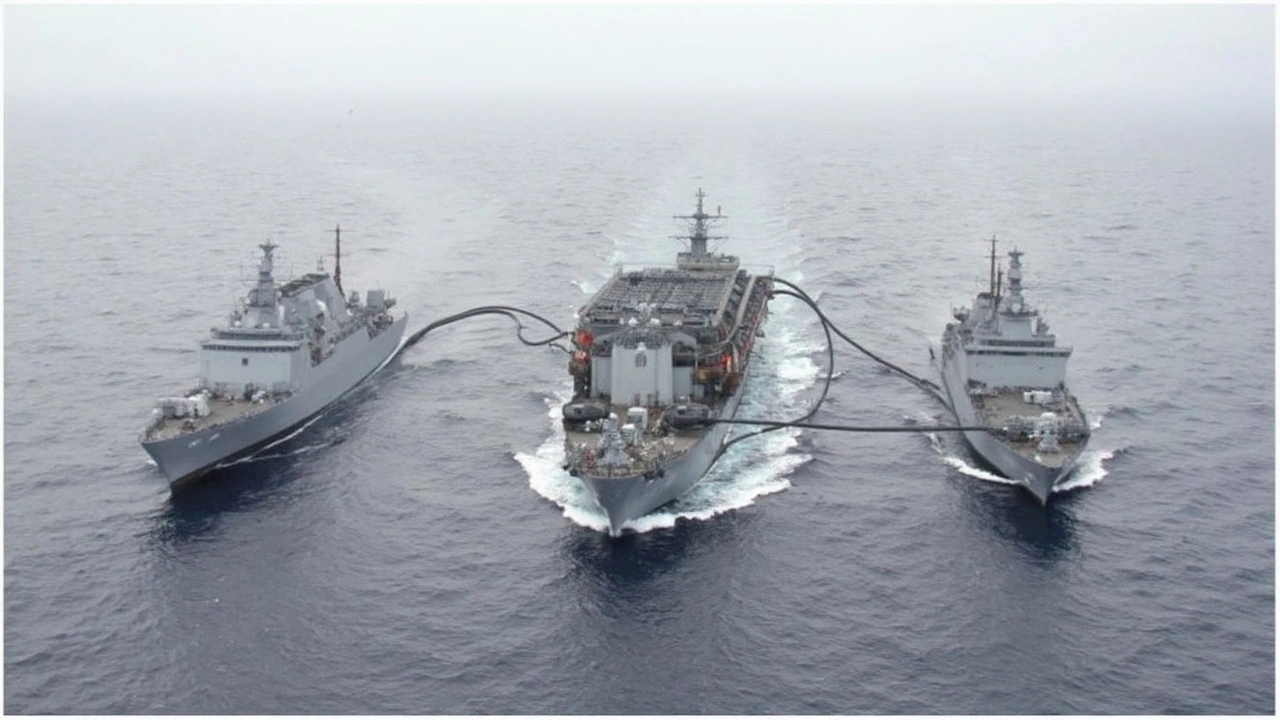National Security – Latest Updates from India
You're probably wondering what's shaking up India's security scene right now. From sea to land, the country’s defense forces have been busy, and the headlines are worth a look. Below you’ll find the most talked‑about story and why it matters to anyone keeping an eye on regional stability.
Indian Navy’s Bold Moves
One headline that’s been making rounds is the claim that the Indian Navy was ready to strike Karachi Port during what officials called Operation Sindoor. Vice Admiral A.N. Pramod told reporters that a 36‑ship task force, led by the carrier INS Vikrant, had already positioned itself to hit the Pakistani port if needed. The purpose? To show strength after the Pahalgam terror attack and to let neighboring forces know India can push back hard.
The operation wasn’t a drill. The task force stayed on standby, keeping a watchful eye on Pakistan’s navy movements. While no missiles were launched, the message was clear: India can mobilize a large fleet quickly and keep pressure on potential threats. For regular readers, this signals a shift from reactive measures to a more proactive, deterrent‑style posture.
Why These Operations Matter
So, why should you care about a naval task force gathering in the Arabian Sea? First, it shows how India is adapting its defense strategy. Rather than waiting for an attack, the navy is taking steps to control critical sea lanes before conflicts flare. Second, the operation highlights the importance of maritime security for trade. A lot of India’s imports and exports flow through these waters, so any disruption could hit the economy hard.
Third, the public discussion around Operation Sindoor puts pressure on policymakers to be transparent about defense spending and strategic choices. When high‑ranking officers speak openly, it invites public scrutiny and can lead to better accountability.
Beyond the navy, India’s broader national security landscape includes cyber defenses, border management, and counter‑terrorism efforts. Recent upgrades in surveillance tech along the northern frontier, for example, are aimed at spotting threats early. Meanwhile, cyber units are working round the clock to protect critical infrastructure from ransomware attacks that have become common worldwide.
If you follow the national security beat, you’ll notice a pattern: India is building a multi‑layered shield that doesn’t rely on a single force. The navy’s readiness, the army’s modernization, and the air force’s new jet acquisitions all work together. This integrated approach is what keeps the country resilient.
What does this mean for everyday Indians? A safer environment, less chance of sudden conflict, and more stability for businesses that depend on secure supply chains. It also means that the government is likely to continue investing in defense tech, creating jobs and driving innovation.
To stay ahead, keep an eye on official statements from the Ministry of Defence, watch for updates from credible news outlets, and follow analysis from security experts. Those sources will give you the latest on how operations like Sindoor evolve and what new initiatives are on the horizon.
In short, the Indian Navy’s readiness to hit Karachi Port isn’t just a headline—it’s a glimpse into how the country is reshaping its security posture for the future. Keep watching this space for more updates on national security, defense strategies, and what they mean for you.
Indian Navy Poised to Hit Karachi Port During Operation Sindoor: Vice Admiral Reveals Intent and Strategy
The Indian Navy was fully prepared to launch strikes on Karachi Port during Operation Sindoor, says Vice Admiral A.N. Pramod. A 36-ship task force led by INS Vikrant contained Pakistan's Navy and showcased India's maritime dominance after the Pahalgam terror attack.


